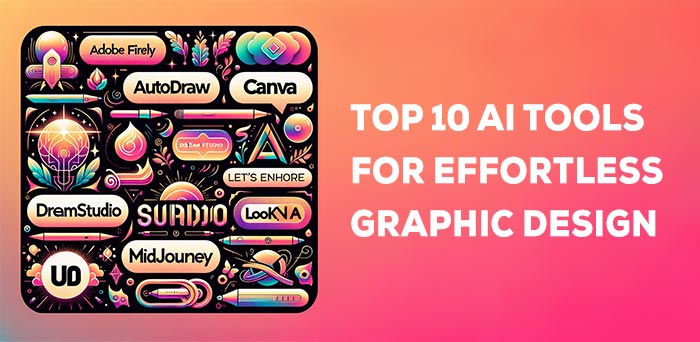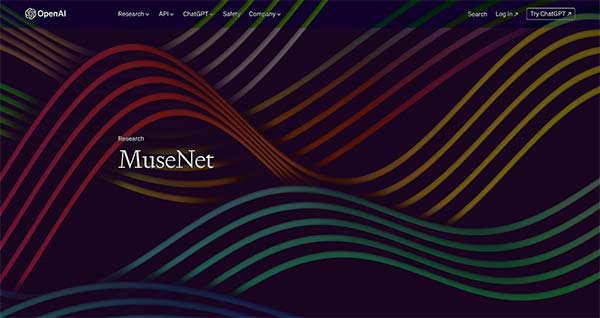In the realm of artificial intelligence, OpenAI’s MuseNet stands out as a pioneering tool that ventures into the creative world of music composition. This deep neural network, based on the same transformative technology as GPT-2, harnesses the power of advanced algorithms to generate versatile and intricate musical compositions. Let’s explore the key features, advantages, and diverse use cases that make MuseNet a groundbreaking innovation in the field of AI-generated music.
Key Features of Musenet: Crafting Musical Masterpieces with MuseNet
1. Versatile Compositions
MuseNet takes creativity to new heights by seamlessly blending styles from various genres. Whether it’s the twang of country, the classical elegance of Mozart, or the iconic sound of the Beatles, MuseNet has the capability to amalgamate these diverse influences into cohesive and original compositions.
2. Advanced Technology
Built on the robust foundation of the large-scale transformer model GPT-2, MuseNet leverages state-of-the-art technology. This neural network is trained to predict sequential data, allowing it to grasp the intricacies of musical structures and create compositions with a level of sophistication.
3. Chordwise Encoding
MuseNet employs a chordwise encoding approach, where each combination of notes is considered an individual ‘chord.’ This meticulous consideration enhances the accuracy of predictions, resulting in harmonically rich and well-structured musical pieces.
4. Customizable Generation
Offering a high degree of control, MuseNet introduces composer and instrumentation tokens, allowing users to customize the generation process. This level of granularity empowers musicians and composers to shape the AI-generated samples according to their preferences and artistic vision.
Use Cases of Musenet: Unleashing Creativity in Various Domains
1. Musicians and Composers
For musicians and composers seeking inspiration, MuseNet becomes a wellspring of creative ideas. The AI-generated compositions can serve as a starting point for new musical endeavors, offering fresh perspectives and novel combinations of styles.
2. Educators
In the realm of education, MuseNet serves as a powerful tool for demonstrating the blending of musical styles and genres. Educators can showcase to students how AI can be a catalyst for innovation in the creative arts, encouraging exploration and experimentation.
3. Researchers
Researchers in the field of artificial intelligence and musicology find MuseNet to be a fascinating subject of exploration. The capabilities of AI-generated music, its nuances, and the fusion of diverse musical elements offer a rich ground for scholarly investigation.
Conclusion: MuseNet – Harmonizing Creativity and Technology
MuseNet emerges as a groundbreaking force at the intersection of creativity and technology. Its ability to generate versatile compositions by blending styles from different genres showcases the immense potential of AI in the realm of music composition. The advanced technology, chordwise encoding, and customizable generation features contribute to MuseNet’s appeal among musicians, educators, and researchers alike.
For musicians and composers, MuseNet opens doors to a realm of inspiration and possibilities. Educators can use it as a teaching tool to illustrate the fusion of musical styles, fostering a deeper understanding of the creative process. Researchers, on the other hand, find MuseNet to be a captivating subject for delving into the complexities of AI-generated music.
In essence, MuseNet represents a harmonious collaboration between human creativity and artificial intelligence, offering a glimpse into a future where technology becomes an integral part of the creative process. As MuseNet continues to evolve, it promises to be a guiding force for those seeking to push the boundaries of musical expression through the fusion of diverse styles and the innovative power of AI.









